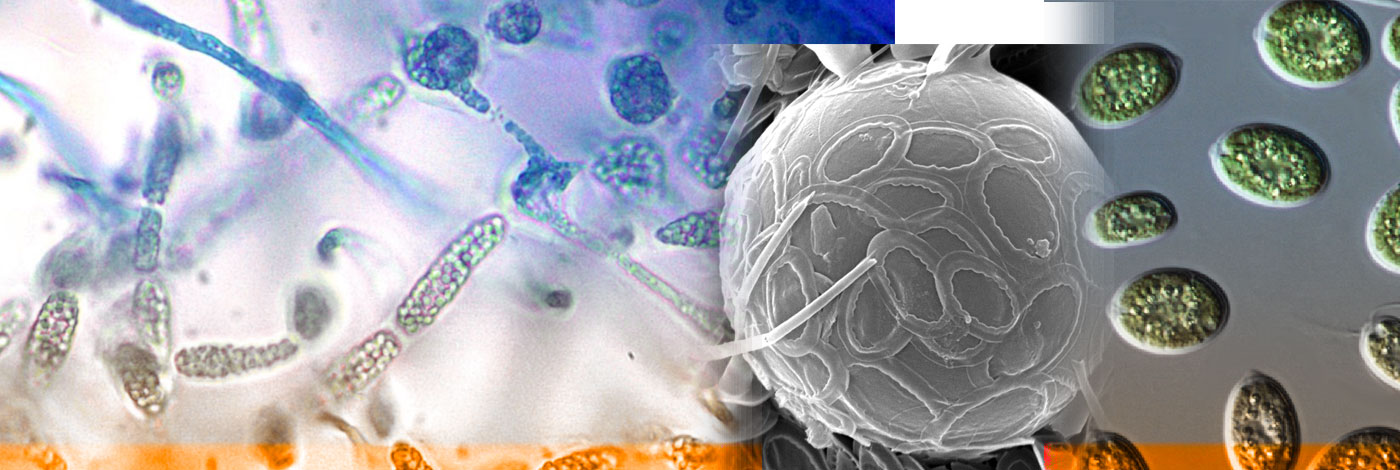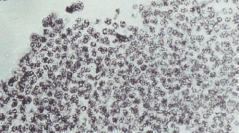

 Cryptogamie, Algologie
23 (2) - Pages 159-177
Cryptogamie, Algologie
23 (2) - Pages 159-177Tropical populations of planktonic freshwater cyanoprokaryotes from the genus Microcystis are morphologically similar to species described from temperate zones, but differ in fine (but stable) phenotypic features and often in their life strategies. Morphological variation, life cycles and cell structure were studied in two species (both from natural populations and cultures) that are commonly distributed in tropical and subtropical régions of eastern and south-eastern Brazil. In the past they have been designated “Microcystis aeruginosa”, “Microcystis flos-aquae” or “Microcystis cf. lamelliformis” in the fioristic and hydrobiological literature, but, based on colony morphology and their life cycle, it is clear that they represent separate morphotypes. One corresponds phenotypically to M. protocystis originally described from Sri Lanka by Crow (1923) and later neglected; the other is newly described as M. panniformis sp. nov. They are both common “water-bloom”- forming, probably pantropical and toxic species.
Brazil, Cyanobacteria, cyanoprokaryotes, Cyanophyceae, ecology, freshwater plankton, Microcystis panniformis sp. nov., taxonomy, tropical algae